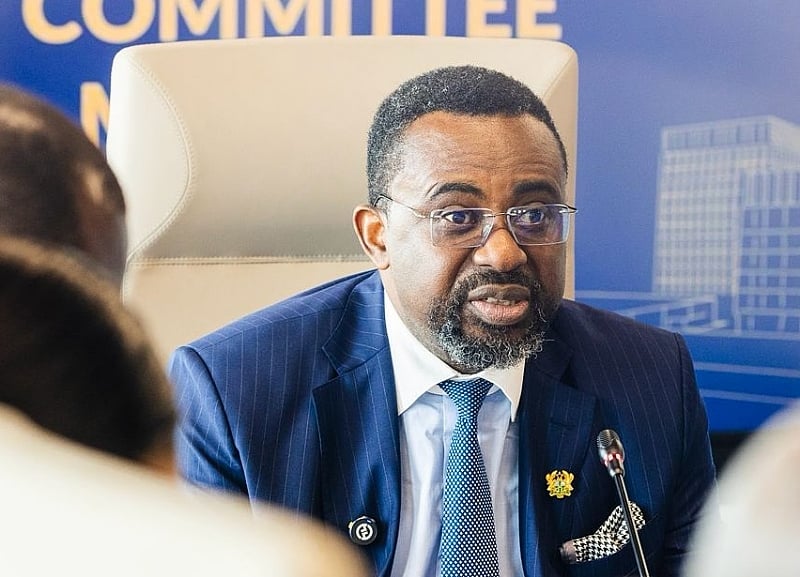The Bank of Ghana’s Monetary Policy Committee (MPC) has implemented a significant reduction in its policy rate, slashing it by 350 basis points to 21.5 percent. This substantial cut, announced following the MPC’s 126th meeting, is a strategic move aimed at encouraging commercial banks to offer more accessible and affordable credit to businesses and individuals. The central bank anticipates that this measure will inject much-needed capital into the economy, stimulating business activity, fostering job creation, and contributing to overall economic growth. The decision, supported by a majority of the committee members, reflects the Bank of Ghana’s proactive approach to managing the country’s economic landscape and promoting sustainable development.
The decision to lower the policy rate was heavily influenced by the MPC’s optimistic outlook on inflation. The committee foresees a continued easing of inflationary pressures in the near term, projecting that headline inflation will settle within the medium-term target band of 8 percent, plus or minus 2 percentage points, by the end of the fourth quarter. This positive forecast provides the central bank with the confidence and flexibility to implement the substantial rate cut, aiming to stimulate economic activity without jeopardizing its inflation targets. The MPC believes the current economic climate allows for a more accommodative monetary policy stance.
However, the Bank of Ghana acknowledges potential risks to the inflation outlook. While expressing confidence in the disinflation process, Governor Dr. Johnson Pandit Asiama cautioned that potential upward adjustments in utility tariffs could disrupt the downward trajectory of inflation. Such increases could introduce renewed price pressures in the medium term, potentially complicating the central bank’s efforts to maintain price stability. This cautious approach highlights the MPC’s awareness of the complex interplay of economic factors and their potential impact on inflation dynamics. The Bank of Ghana remains vigilant in monitoring these factors and is prepared to adjust its policies accordingly.
The reduction in the policy rate represents a significant shift in the central bank’s monetary policy stance. It signals a move towards a more accommodative approach, prioritizing economic growth and job creation. By lowering the cost of borrowing, the central bank aims to incentivize businesses to invest and expand, leading to increased employment opportunities. Simultaneously, the move is expected to boost consumer spending by making credit more readily available and affordable for individuals. This dual approach is intended to create a ripple effect throughout the economy, stimulating demand and fostering broader economic recovery.
The policy rate cut is part of a broader strategy by the Bank of Ghana to manage the complex economic challenges facing the country. Balancing the need to control inflation with the imperative to stimulate economic growth requires a nuanced and carefully calibrated approach. The central bank’s decision reflects a delicate balancing act, aiming to foster a stable and sustainable economic environment. The success of this strategy will depend on a variety of factors, including the response of commercial banks to the lower policy rate and the overall performance of the Ghanaian economy.
The Bank of Ghana remains committed to its mandate of maintaining price stability and promoting sustainable economic growth. The recent policy rate cut demonstrates the central bank’s willingness to utilize monetary policy tools proactively to achieve these objectives. While acknowledging potential challenges, the Bank of Ghana expresses confidence in the country’s economic prospects and its ability to navigate the complexities of the current economic landscape. The central bank will continue to monitor economic developments closely and adjust its policies as needed to ensure a stable and prosperous future for Ghana. The MPC’s decision is a significant step towards achieving these goals, reflecting a proactive and forward-looking approach to monetary policy management.














